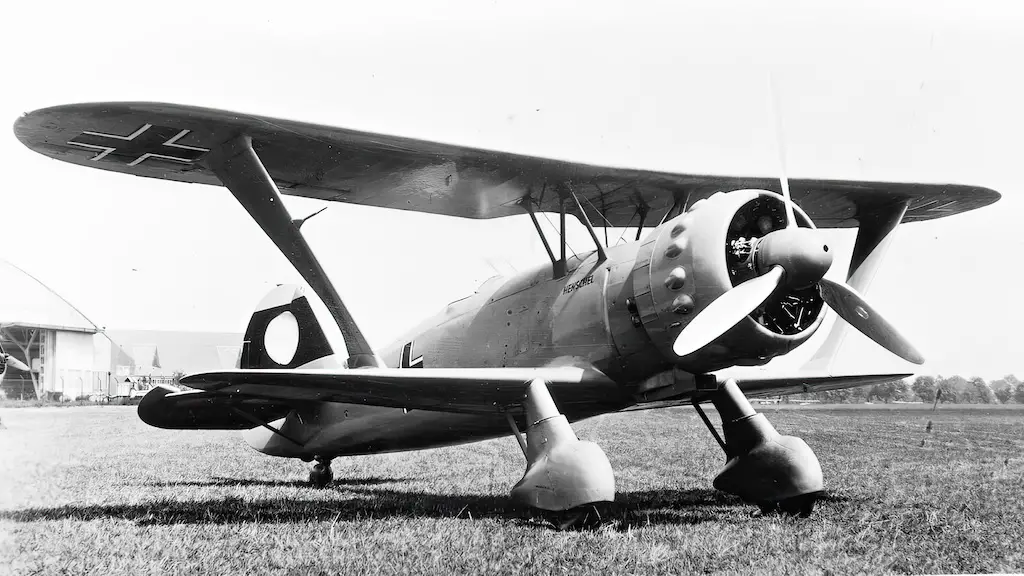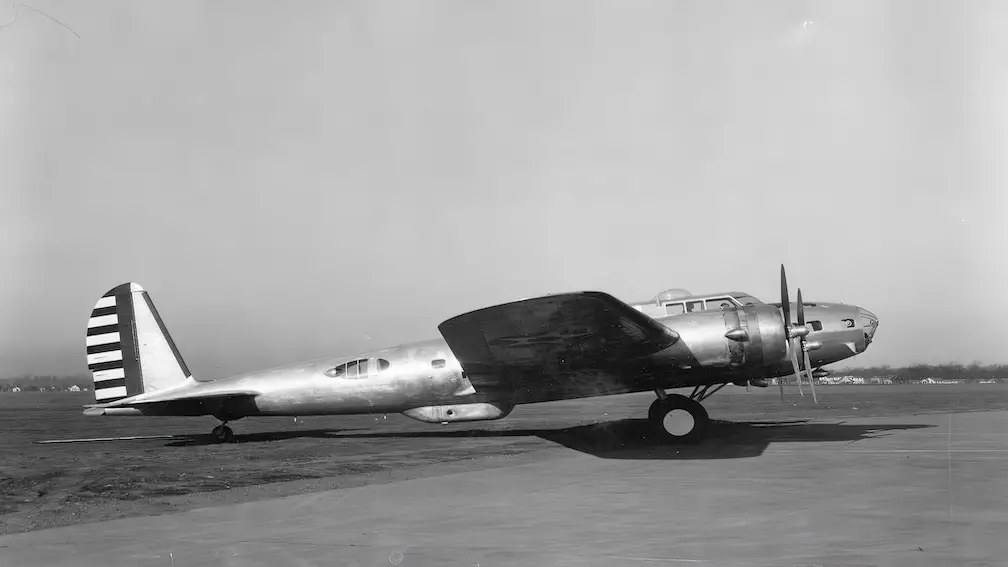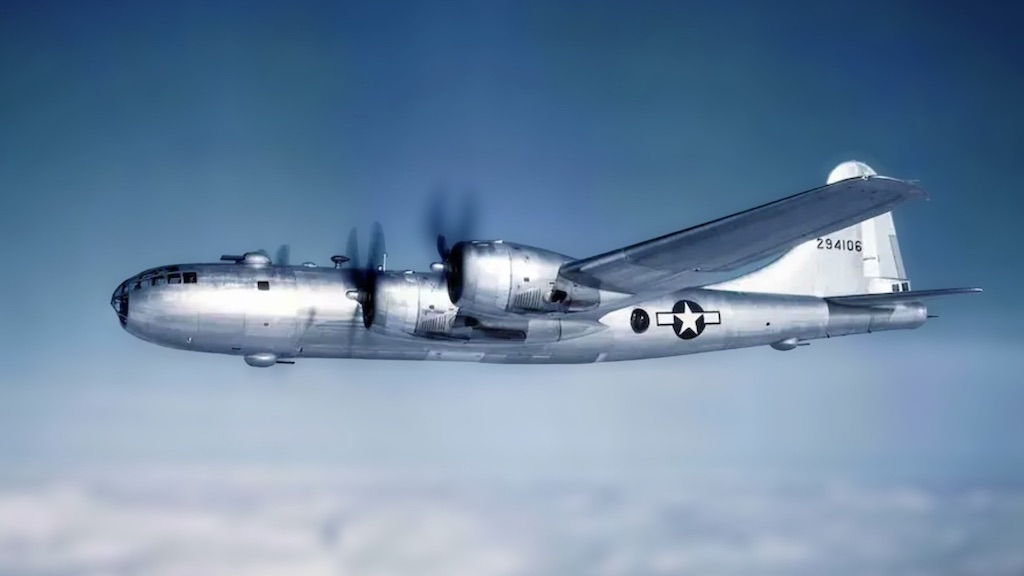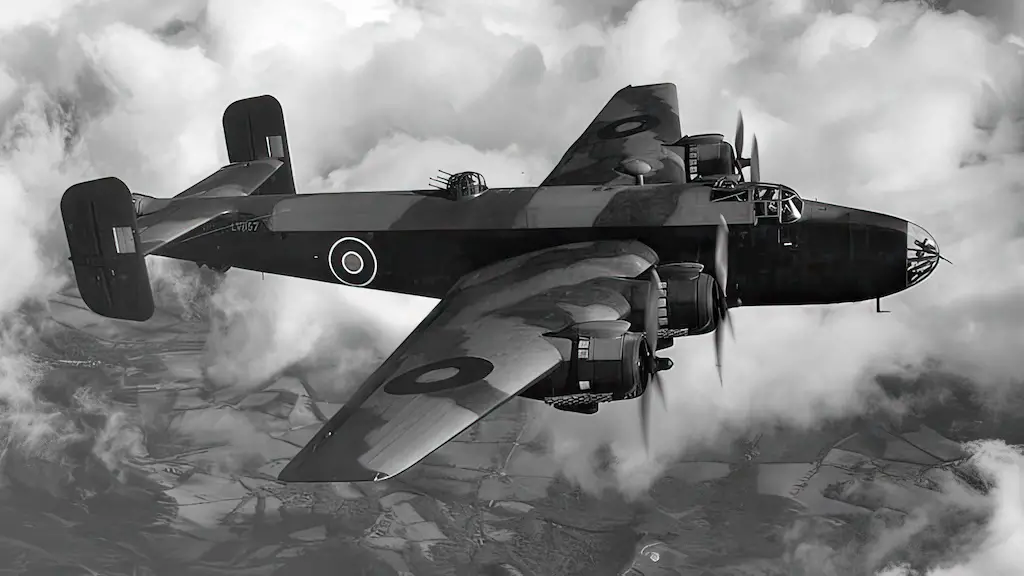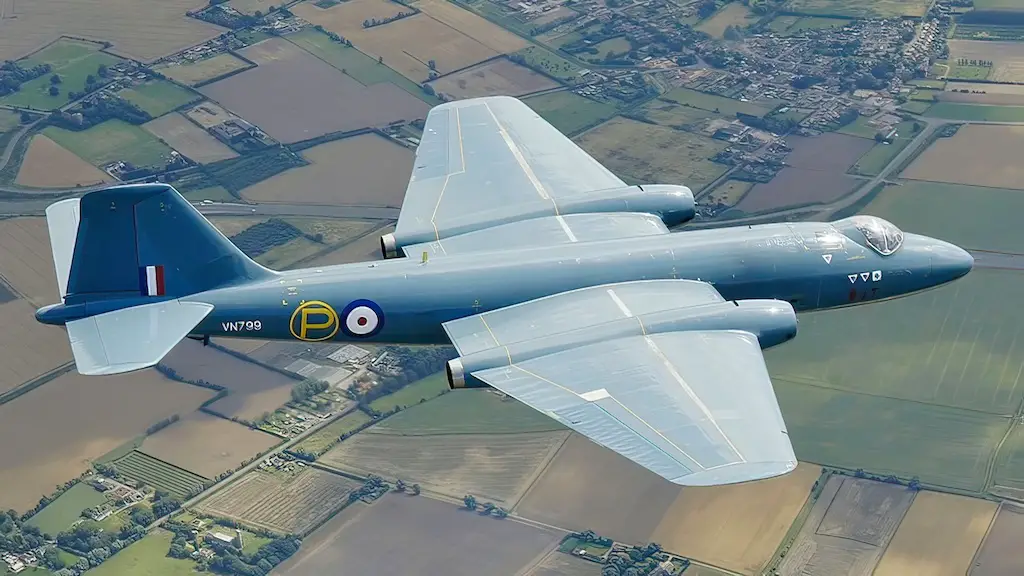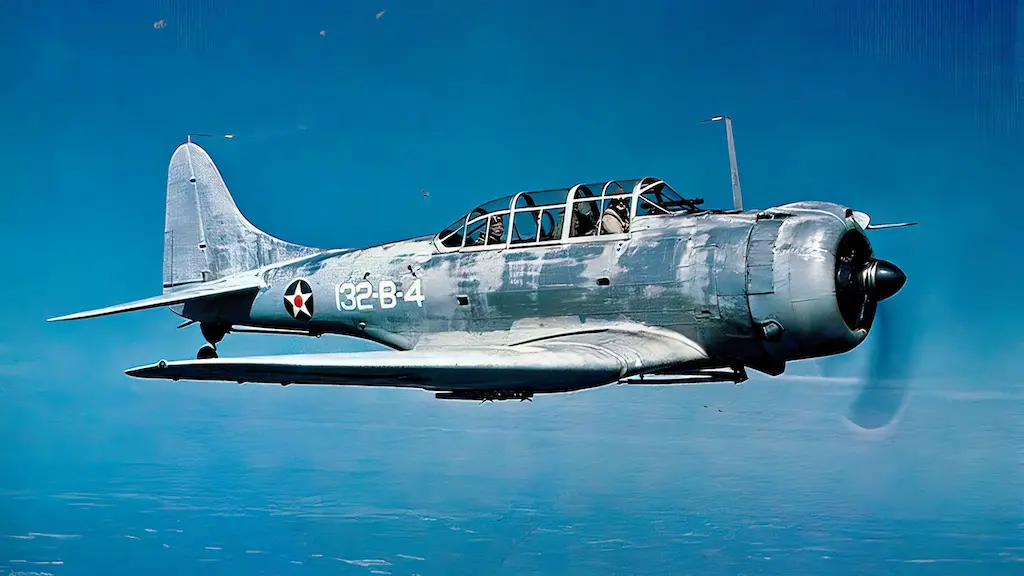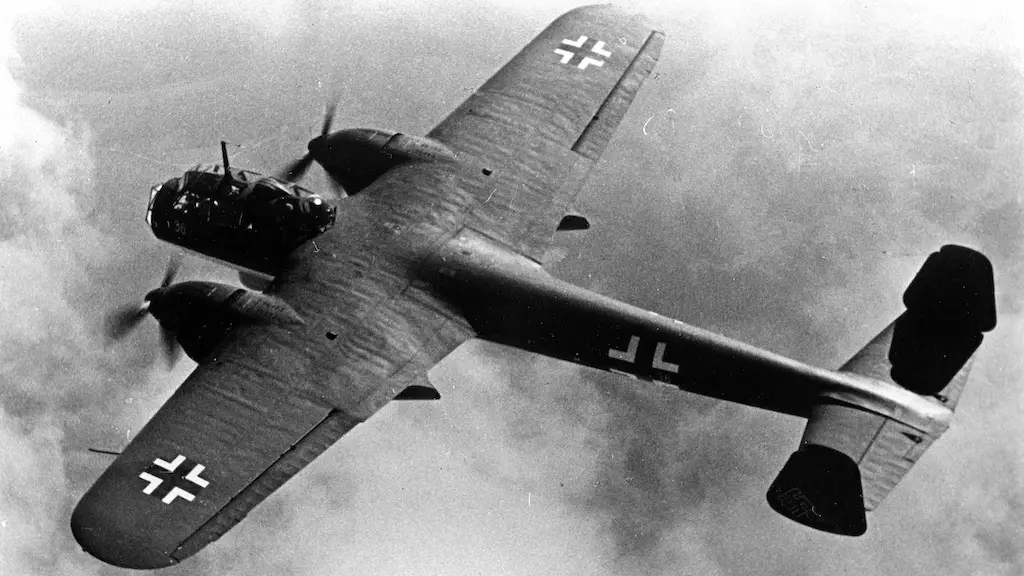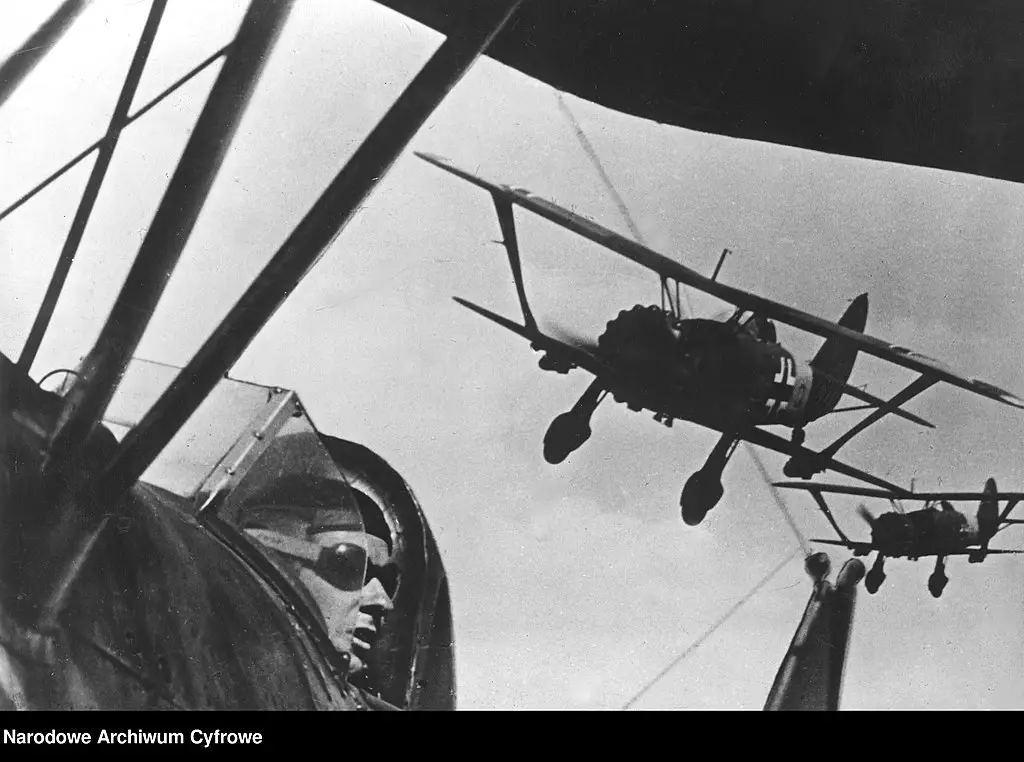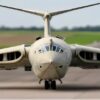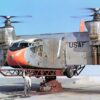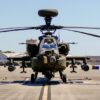Born in an Age of Transition
The Henschel Hs 123 sprang to life in an era of shifting aviation design. The year was 1933, and the world’s leading air forces were in transition, moving from the tried-and-true biplanes to the more streamlined monoplanes. The Henschel company won a design competition for a single-seat dive bomber, thus birthing the Hs 123, a robust machine that defied its age.
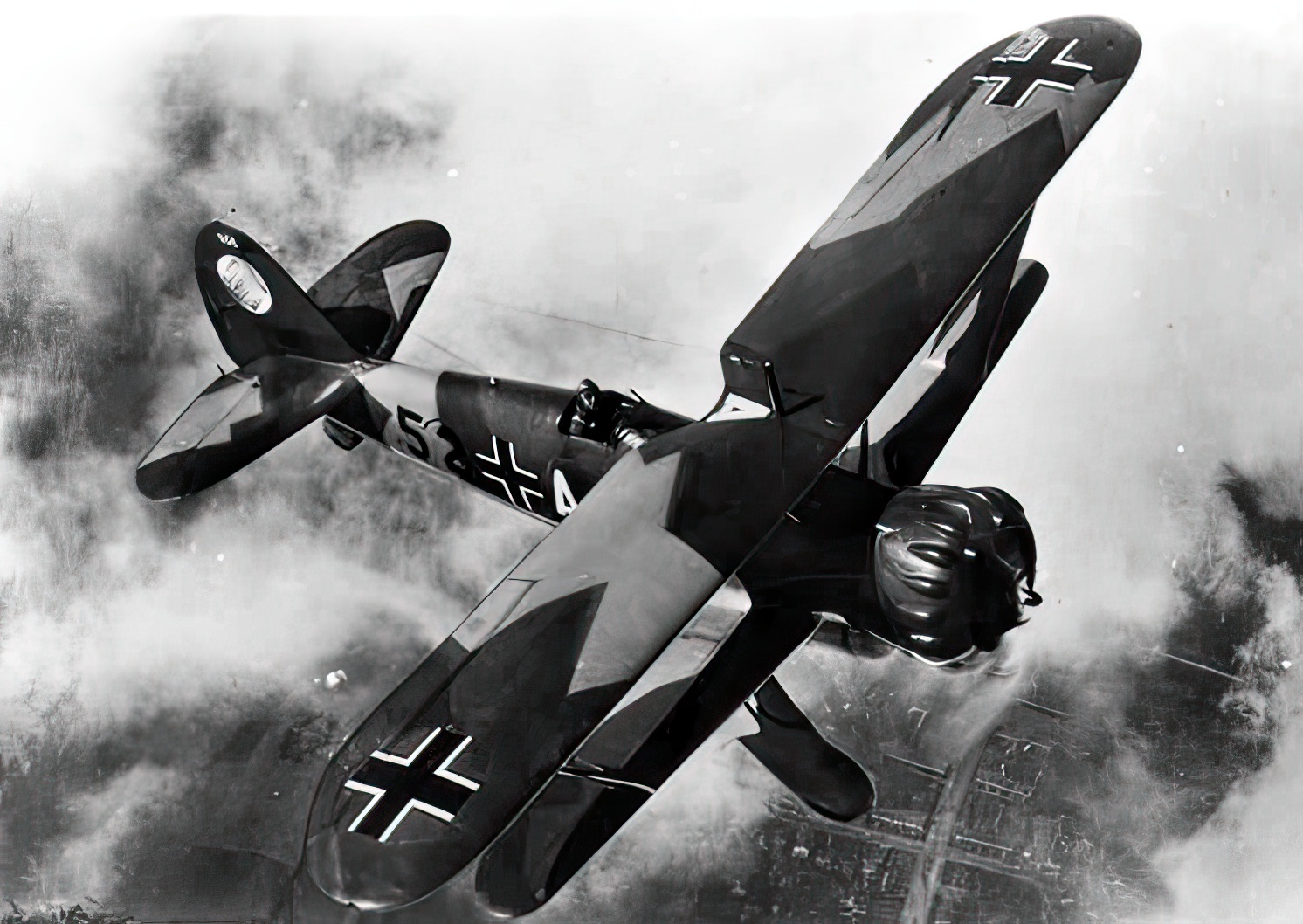
The Hs 123’s Engine
The heart and soul of any aircraft is its engine. The Hs 123 was no different. Nestled within the biplane’s metal skin was a nine-cylinder radial BMW 132 engine. The power plant churned out a healthy 880 horsepower. This gave the Hs 123 a punch that belied its dated design, allowing for speeds up to 200 miles per hour.
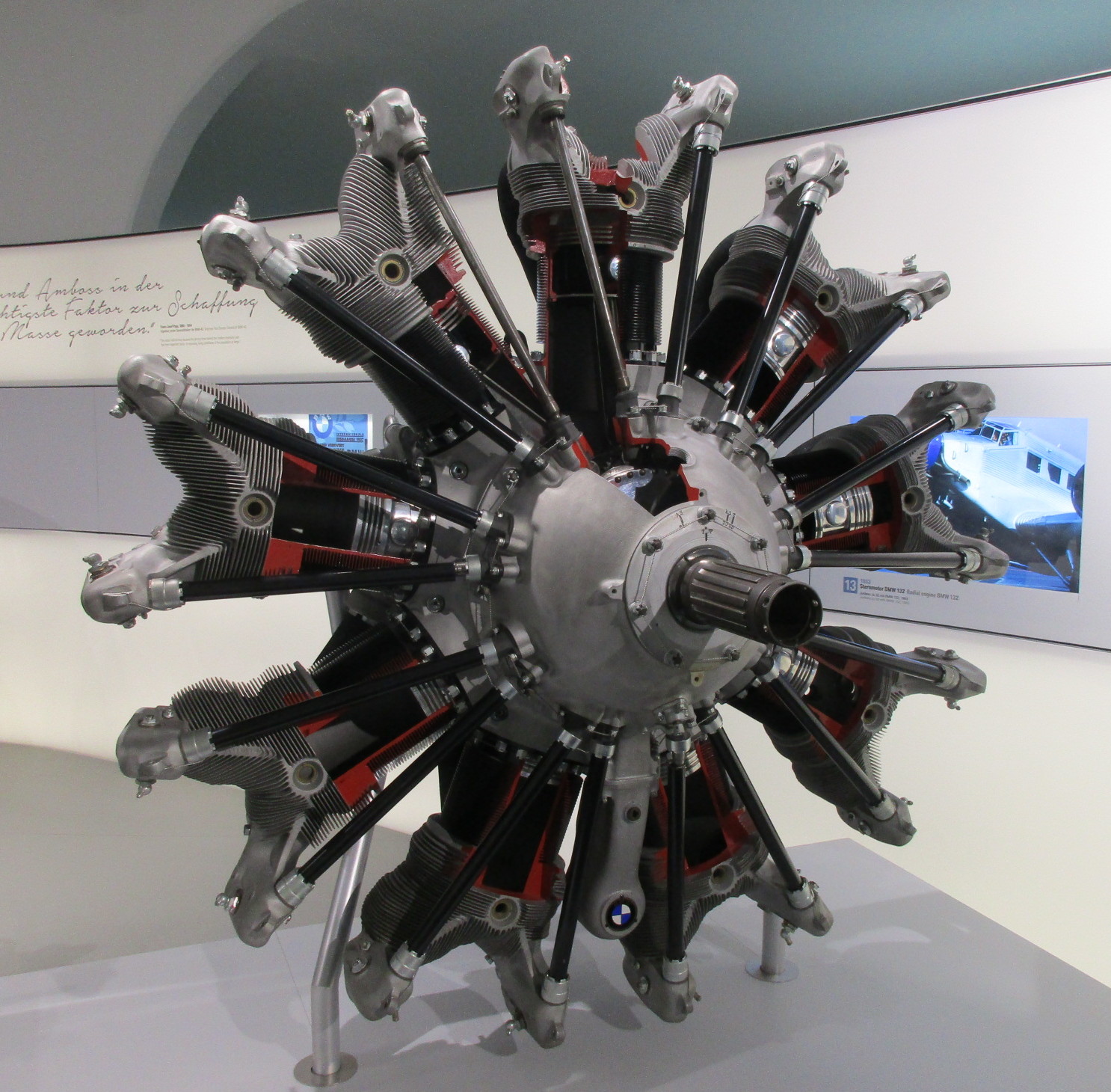
The Power of Biplanes
In flight, the Hs 123 showed a surprising nimbleness. Thanks to its lower wing, pilots enjoyed improved lift and control, essential for dive bombing. It allowed them to swoop down, drop their payload, and pull up with ease. Its robust design allowed it to withstand a great deal of damage, ensuring it could make it back to base under the most challenging conditions.
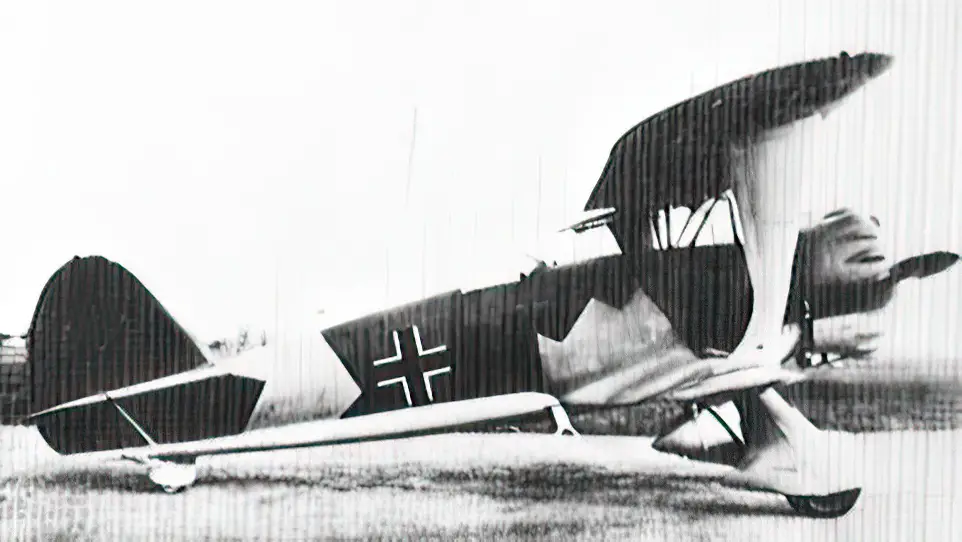
Battle-Born
The Hs 123 first tasted combat in the Spanish Civil War. German pilots flew it as part of the Condor Legion. Its accuracy, ruggedness, and speed surprised many. However, despite the success of the Hs 123, production ended in 1940, with only about 250 units built. But this did not stop the Luftwaffe from using it throughout the early to mid-point of World War II. Even as sleek monoplanes dominated the skies, this sturdy biplane continued to hold its own, proving that sometimes, older designs still had their place in modern warfare.
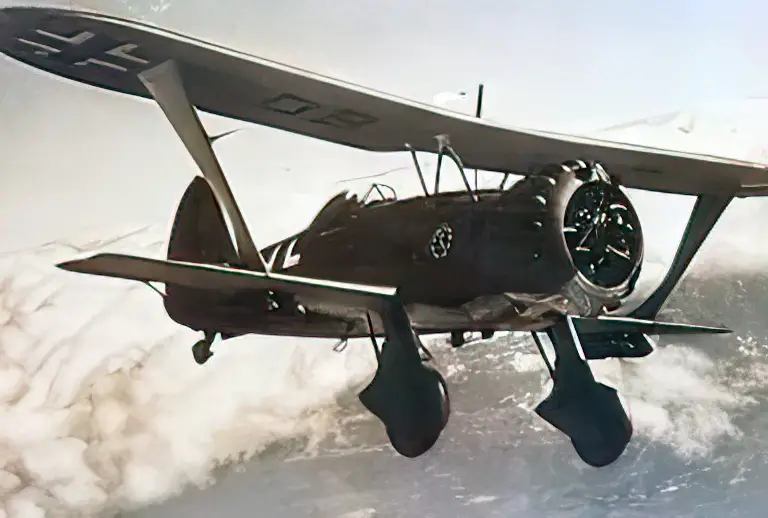
Hs 123 Retirement
Despite its proven effectiveness, the lack of serviceable airframes and spare parts led to the Hs 123’s withdrawal from the frontlines in 1944. Its Spanish retirement came later, only after it had played a crucial role in the conflict. A testament to its durability, several airframes continued to serve in secondary roles until the end of the war.
A Relic in its Time
The Henschel Hs 123 was a biplane in an age of monoplanes. It was a design from the past, fighting in the battles of the future. Despite its antiquated design and limited production numbers, it stood up to the test, proving to be robust, durable, and effective in some of the most severe conditions. It was a testament to the saying that sometimes, older isn’t just better—it’s best.

